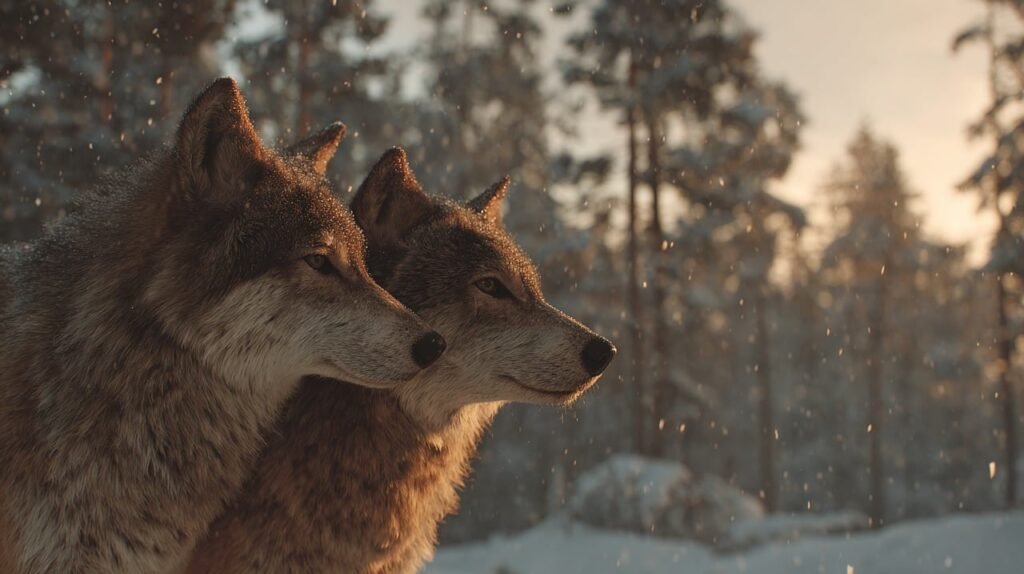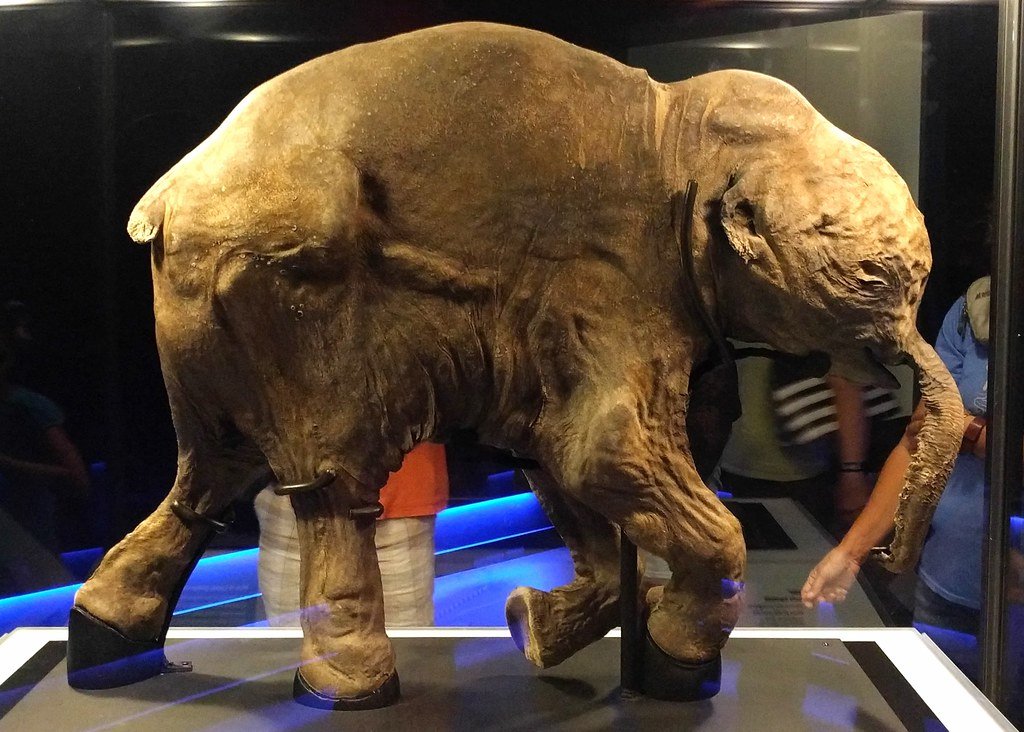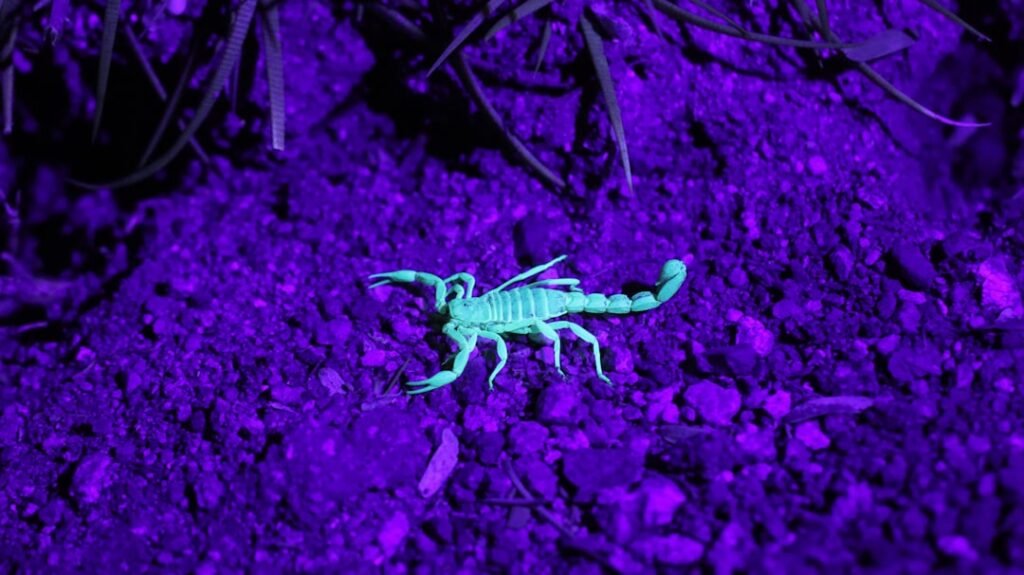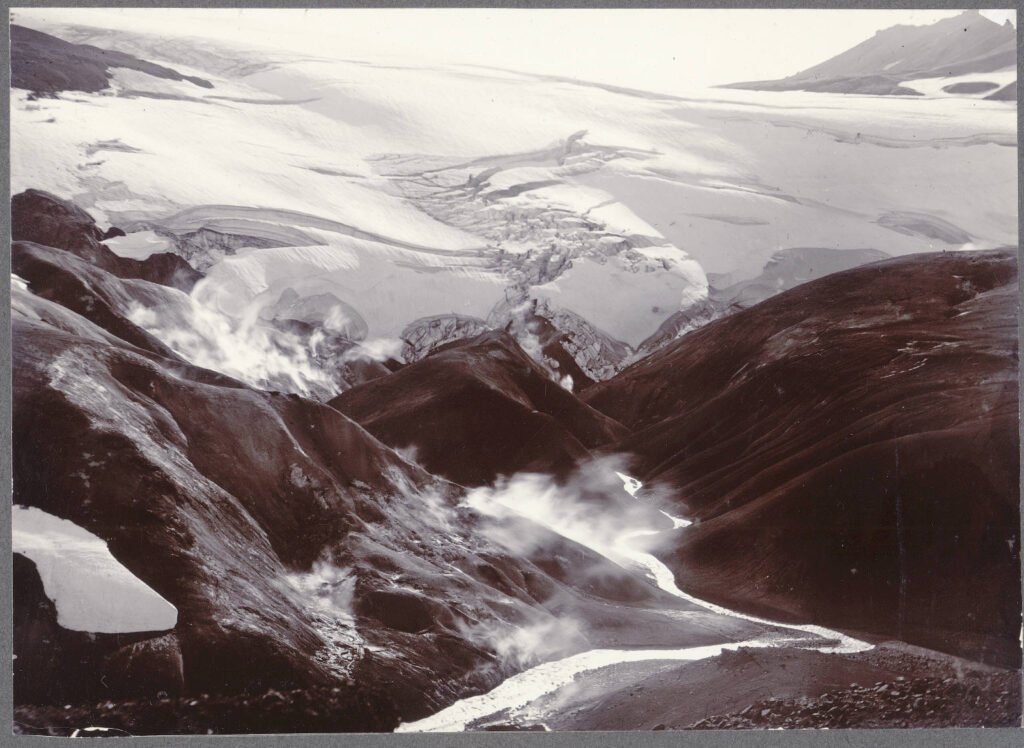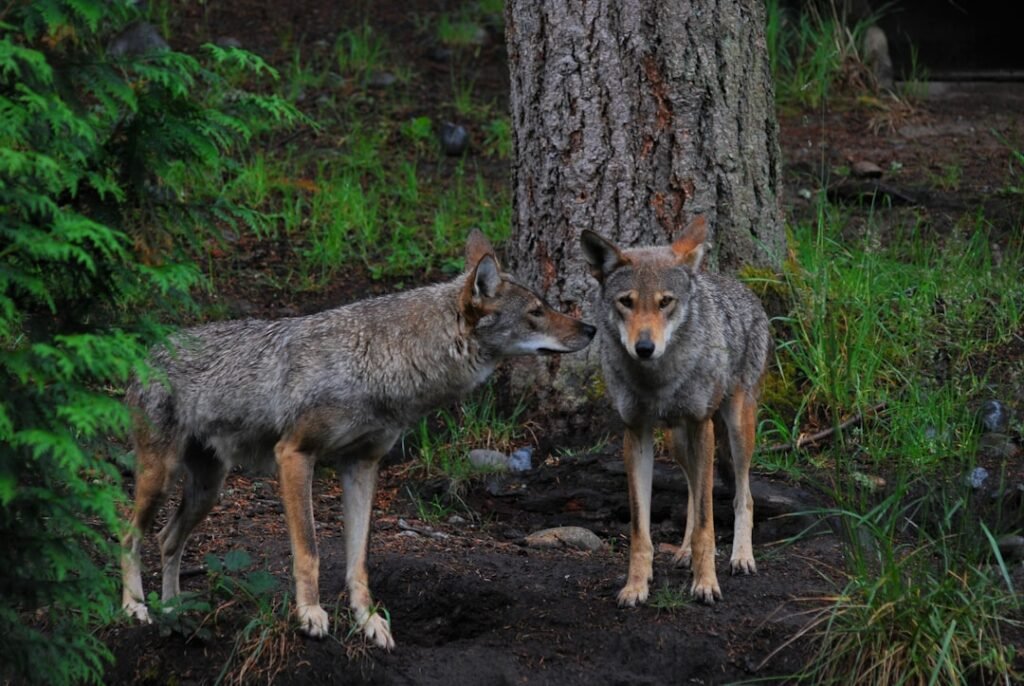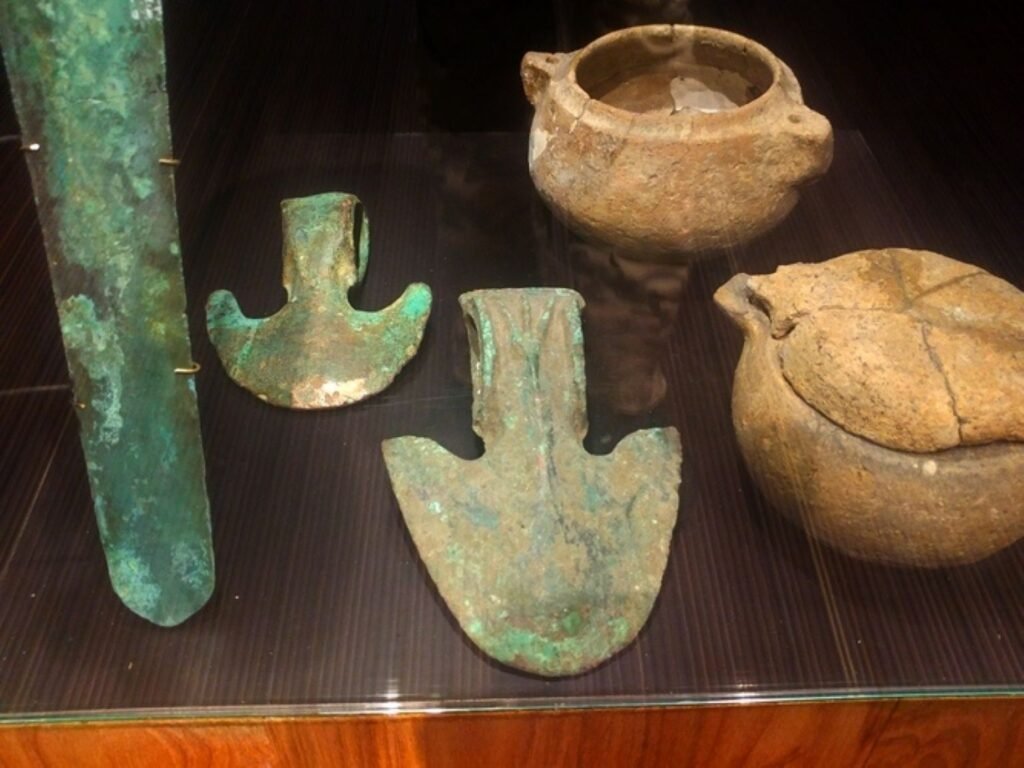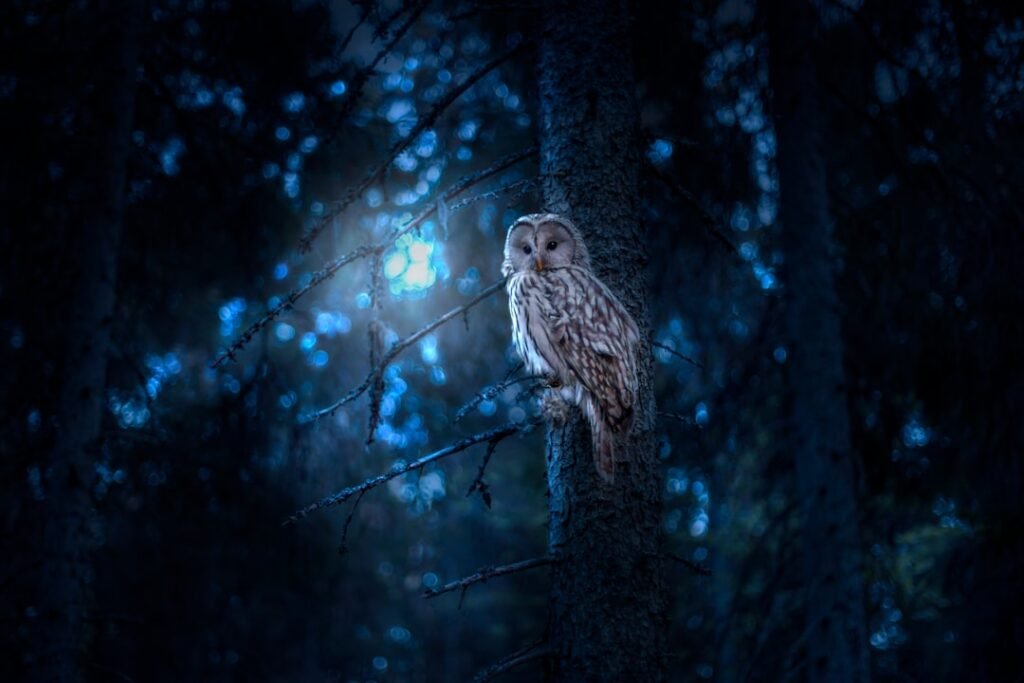Which Mythical Animal Fits Your Zodiac Personality?
Ever wondered if there’s a deeper connection between your zodiac sign and the mythical creatures that have captured human imagination for millennia? The stars shape your personality in fascinating ways, while legendary beasts from folklore have always mirrored human nature’s wildest aspects. What if your astrological traits could be perfectly embodied by a magical creature ...


